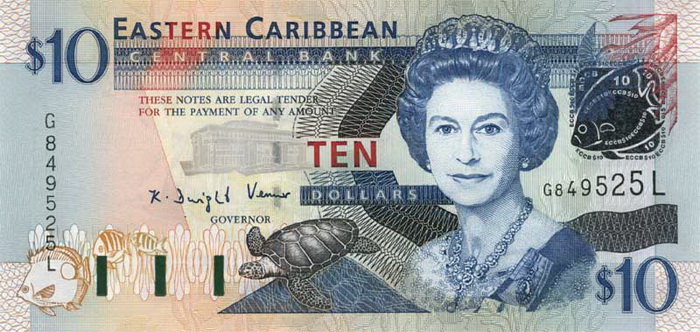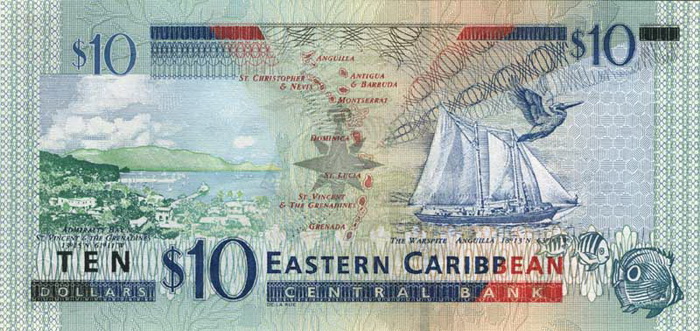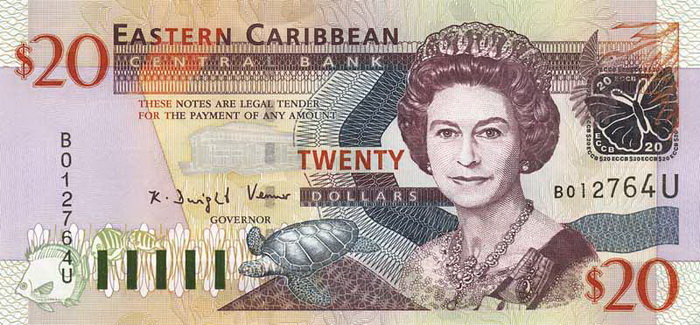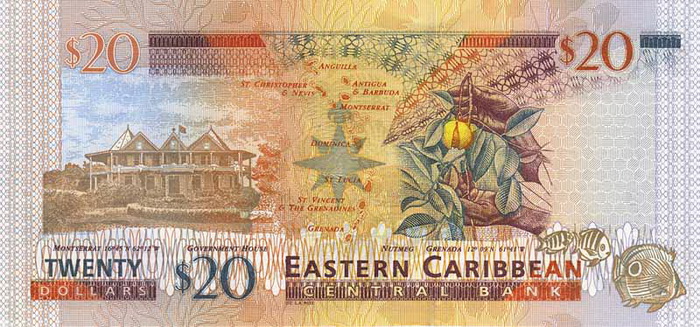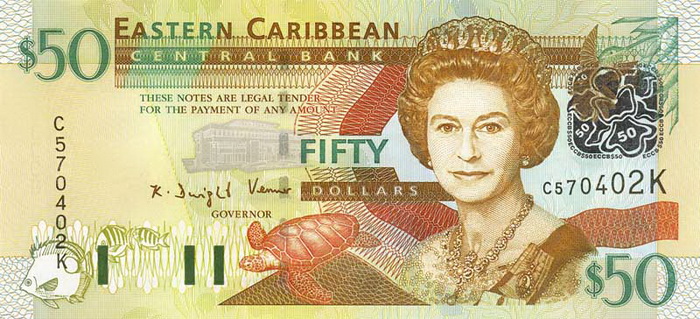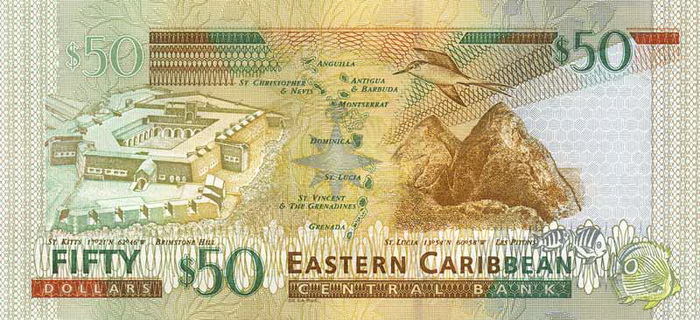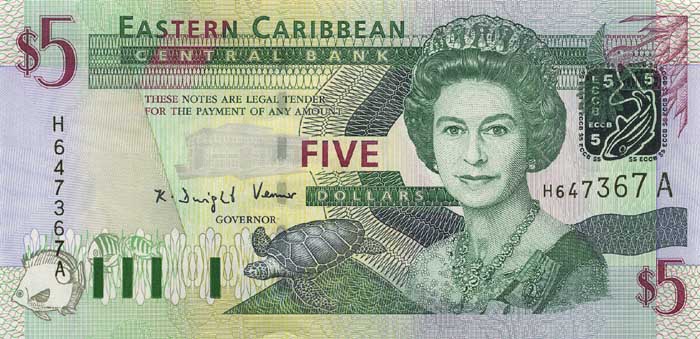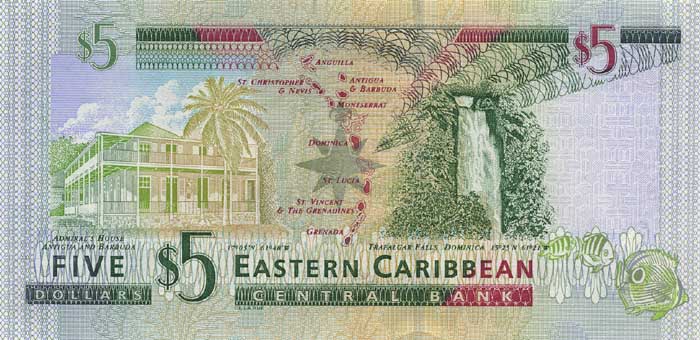Discovering the Enchanting Island of Saint Lucia
Saint Lucia, an island nestled in the heart of the Caribbean, stands as a gem of the Lesser Antilles. This beautiful paradise boasts a rich history and diverse culture. Positioned between Martinique to the north and Saint Vincent to the south, Saint Lucia spans an area of 539 km². To put that in perspective, this size slightly exceeds that of Andorra and is three and a half times larger than Washington, DC.
Geological Marvels of Saint Lucia
Remarkably, Saint Lucia features a volcanic origin and mountainous landscapes. The island showcases broad and fertile valleys, making it home to stunning natural beauty. The iconic twin peaks known as "The Pitons" near Soufrière draw tourists from across the globe, illustrating the island's mesmerizing charm. As one explores, the boiling hot springs and sulfurous fumaroles provide a glimpse of the island's geothermal wonders. Notably, Mount Gimie reigns as the highest point, reaching an impressive elevation of 950 meters. These geological features highlight Saint Lucia's unique identity as a volcanic island.
A Rich Cultural Tapestry
Saint Lucia's cultural fabric weaves together various influences from different regions. The island's heritage reflects a blend of Amerindian, African, British, and French ancestry. Historically, the island became a battleground for European powers. Throughout the 17th and early 18th centuries, England and France contested control over this beautiful terrain, resulting in a total of 14 changes of possession. Consequently, this unique history has enriched Saint Lucia with one of the region's most dynamic cultures.
Historical Context
In 1814, the British finally ceded control of the island to the United Kingdom. However, the vibrant French customs in language and religious practices remained woven into the local culture. Fast forward to 1967, when Saint Lucia attained self-government, and finally, on February 22, 1979, the island proudly achieved independence from the UK. Today, the island is known not just for its natural beauty but also for its cultural heritage, which attracts countless tourists seeking a unique Caribbean experience.
Climate and Geography
The geography of Saint Lucia contributes significantly to its allure. Nestled between the Caribbean Sea and the North Atlantic Ocean, the island enjoys a tropical climate. This delightful climate features a dry season from January to April, followed by a rainy season that stretches from May to August. These conditions cultivate the stunning landscapes and biodiversity that call Saint Lucia home, making it a prime location for nature lovers.
Demographics and Society
With a population of approximately 172,000, the people of Saint Lucia reflect a vibrant mix of ethnic groups. The majority of the inhabitants, around 90%, have African descent, while 6% identify as mixed, and 3% as East Indian. Although English serves as the official language, a rich French Creole, often referred to as a patois, is widely spoken across the island. This linguistic blend enriches daily life and can be heard in casual conversations among the locals.
Economy and Natural Resources
Saint Lucia's economy thrives on various sectors, with agriculture playing a pivotal role. The island produces a range of agricultural products, such as bananas, coconuts, vegetables, citrus fruits, root crops, and cocoa. In fact, bananas account for approximately 41% of the exports, highlighting the agricultural landscape's significance. However, the island is not solely dependent on agriculture; industries like clothing manufacturing, tourism, and coconut processing contribute considerably to the economy.
Trade and Exports
The trading landscape of Saint Lucia reveals an intricate web of relationships with its partners. The Dominican Republic tops the list of export destinations, followed closely by the United States and Suriname. In terms of imports, the island predominantly relies on food, manufactured goods, machinery, chemicals, and fuels. Brazil, the United States, and Trinidad and Tobago serve as key suppliers of these imports, ensuring that Saint Lucia remains well-stocked with necessary goods.
The Allure of Tourism in Saint Lucia
Tourism plays a crucial role in the economy of Saint Lucia, as visitors flock to experience its beauty and hospitality. The island's breathtaking beaches, lush rainforests, and stunning landscapes create an irresistible pull for travelers. Outdoor enthusiasts can indulge in numerous activities, from hiking the famous Pitons to exploring vibrant coral reefs. The warm and welcoming atmosphere of the island makes Saint Lucia an unforgettable destination.
Moreover, rich cultural celebrations throughout the year, including vibrant festivals and traditional events, offer visitors an immersive experience. The blend of cultures adds a unique flavor to the island's festivities. Whether enjoying the rhythmic beats of local music or savoring delicious Creole cuisine, the cultural vibrancy of Saint Lucia captivates every traveler.
Ultimately, Saint Lucia emerges as a destination that combines natural beauty, rich history, and cultural depth. From its stunning geological features to its warm, welcoming people, the island invites exploration and discovery. Each visit to Saint Lucia leaves an imprint on the hearts of those who wander its shores.
Largest cities of: Saint Lucia
| City Name | Population | Year of foundation | |
| Castries | 65,000 | 1713 | |
| Castries | 20,000 | 1713 | |
| Vieux Fort | 5,000 | 1746 | |
| Bisee | 5,000 | 1770 | |
| Rodney Bay | 4,000 | circa 1746 | |
| Soufrière | 3,000 | 1746 | |
| Laborie | 2,000 | 1746 | |
| Dennery | 1,500 | 1756 | |
| Canaries | 1,200 | circa 2500 |
Saint Lucia: Money
